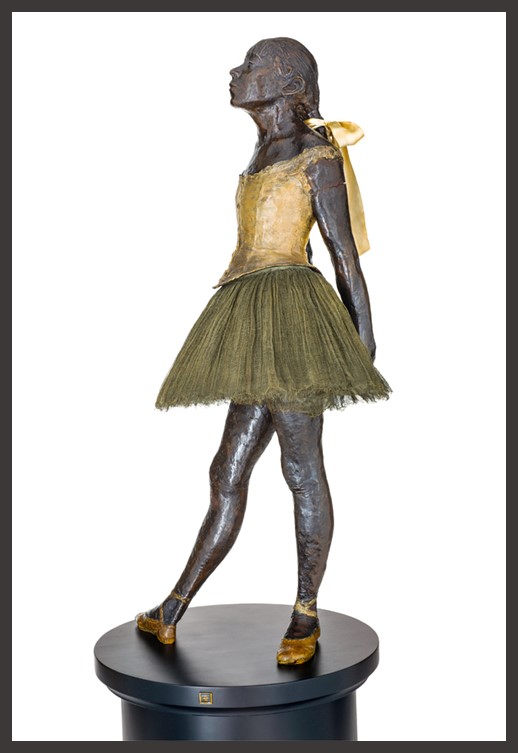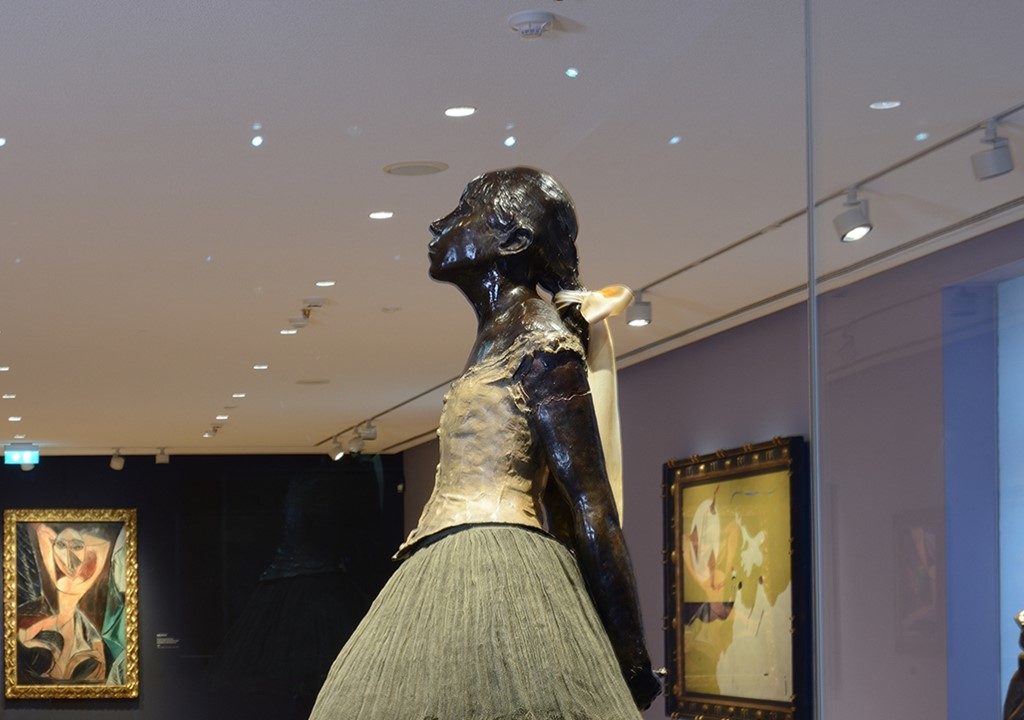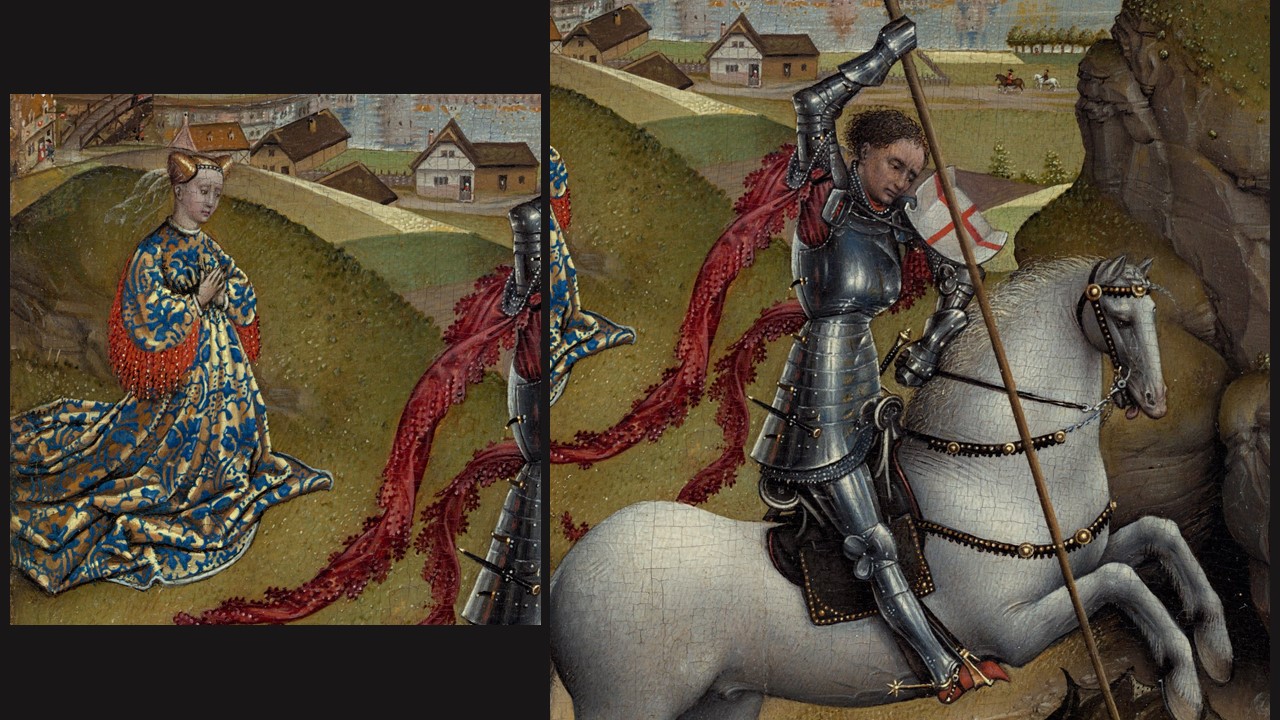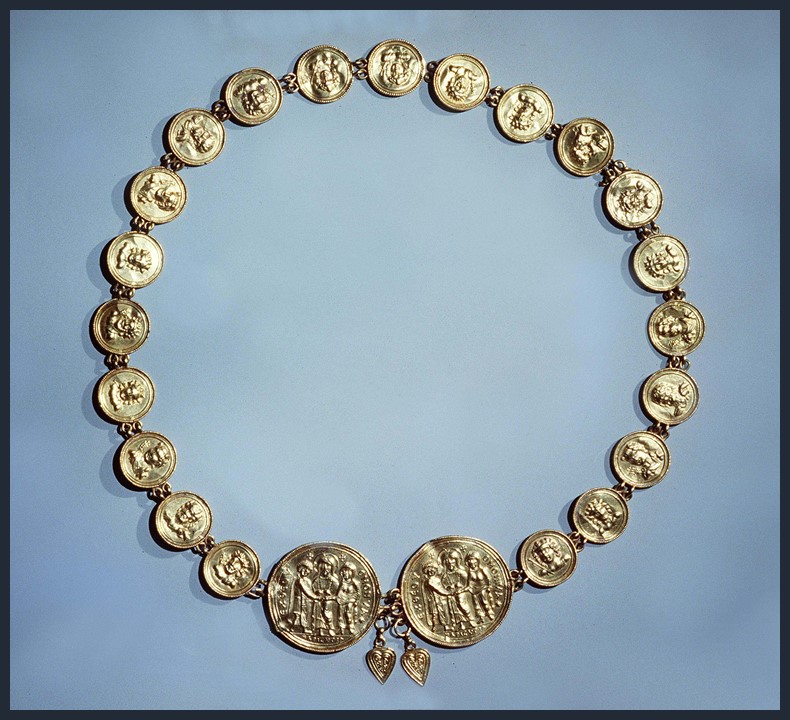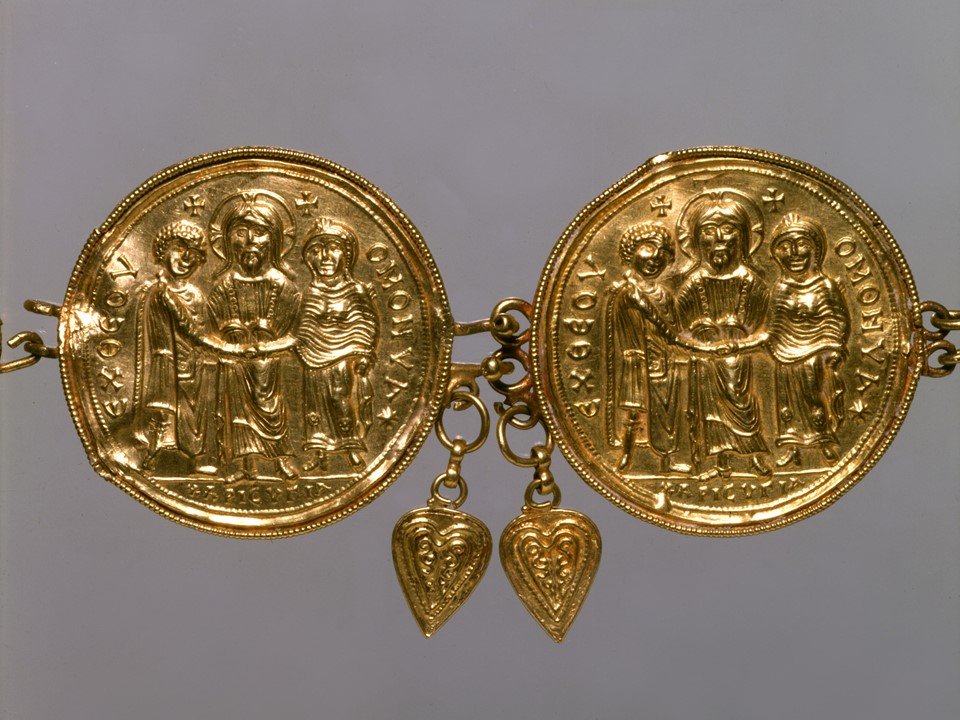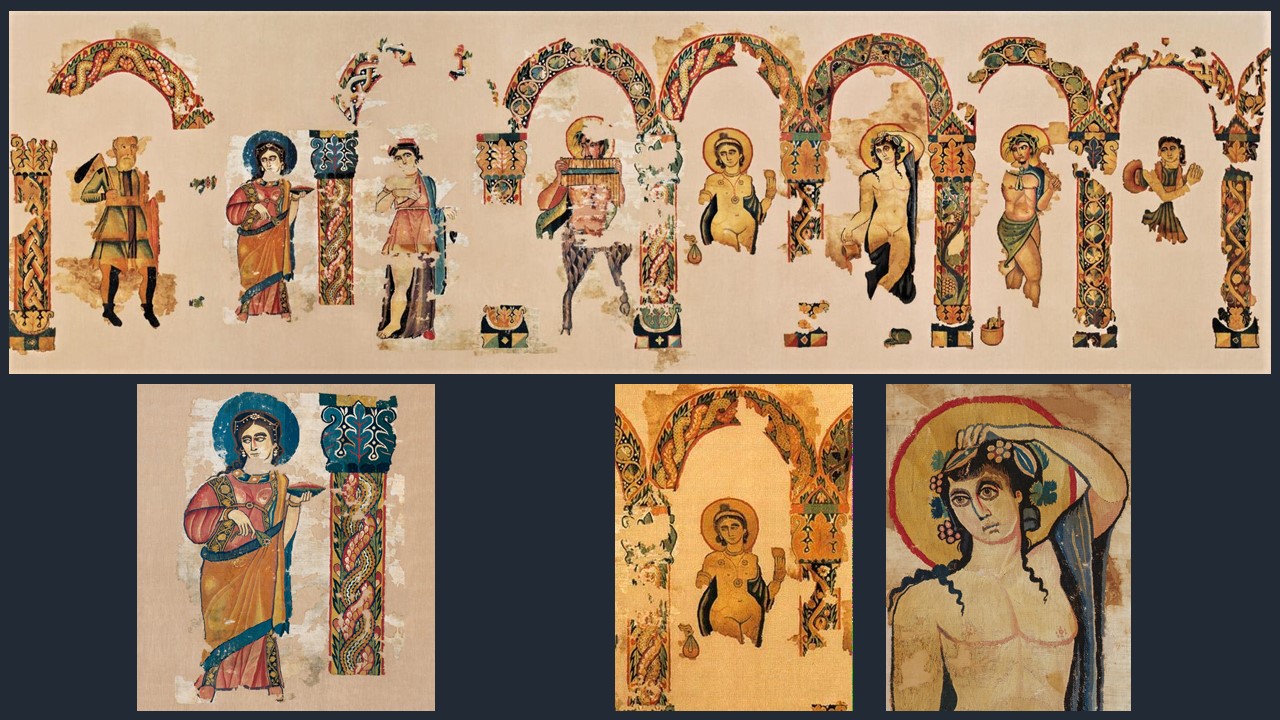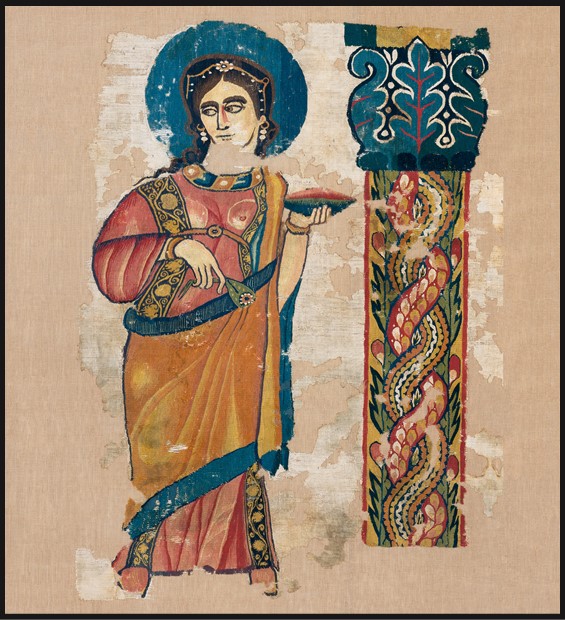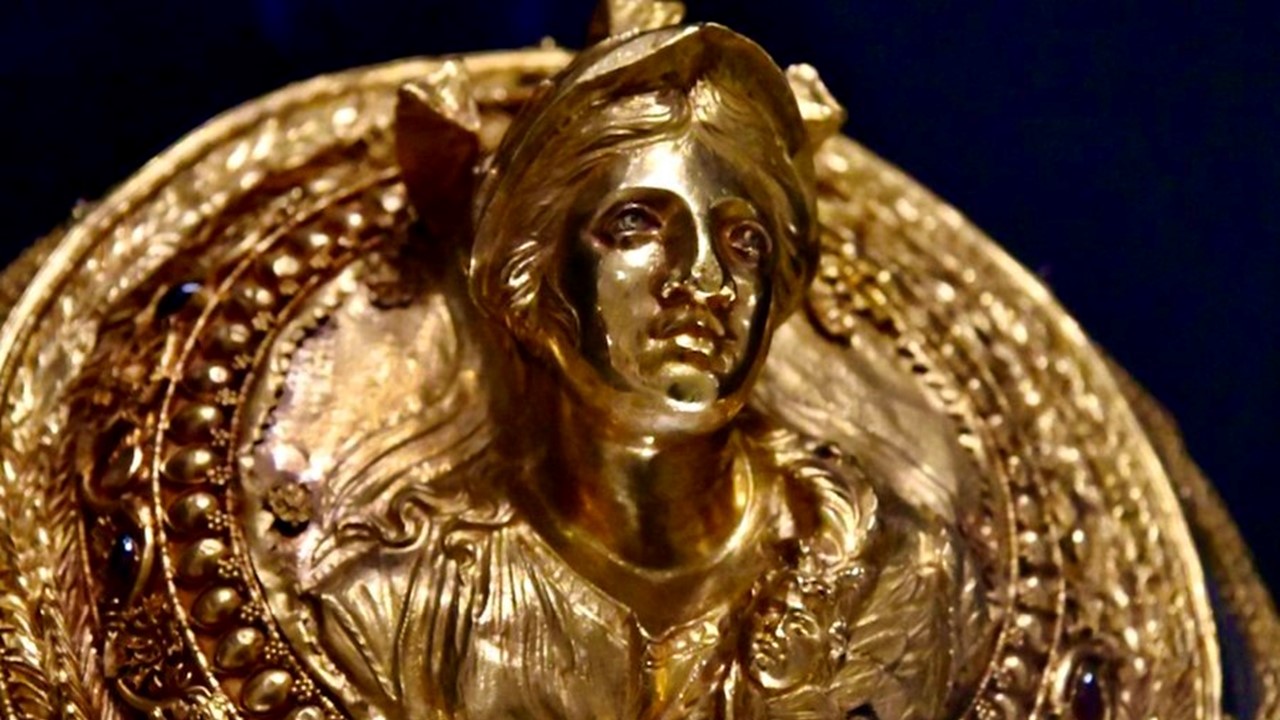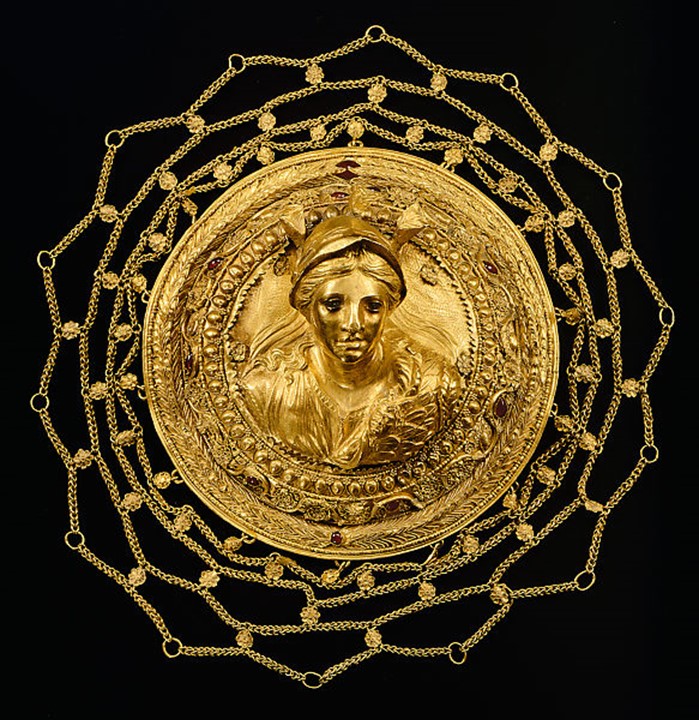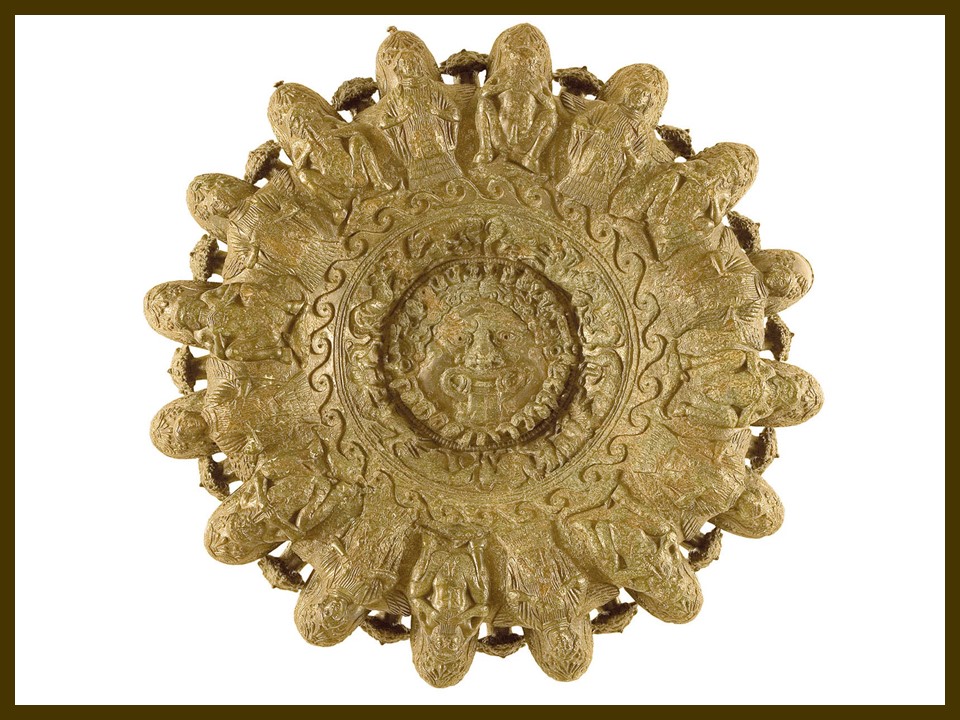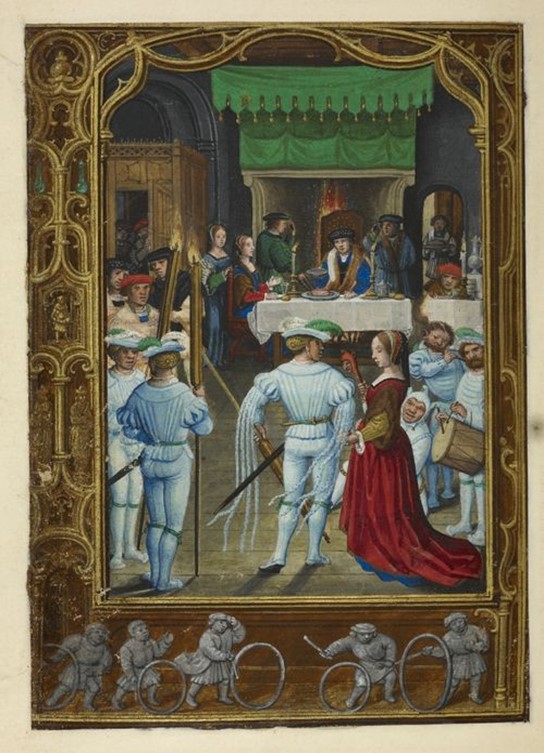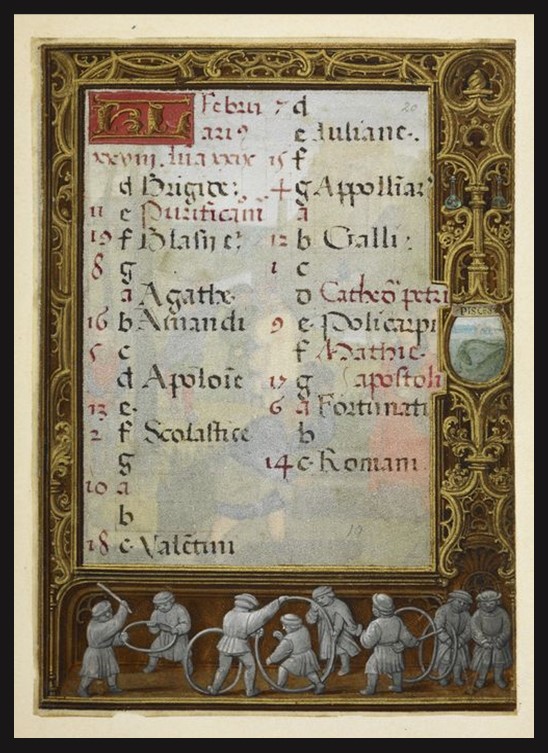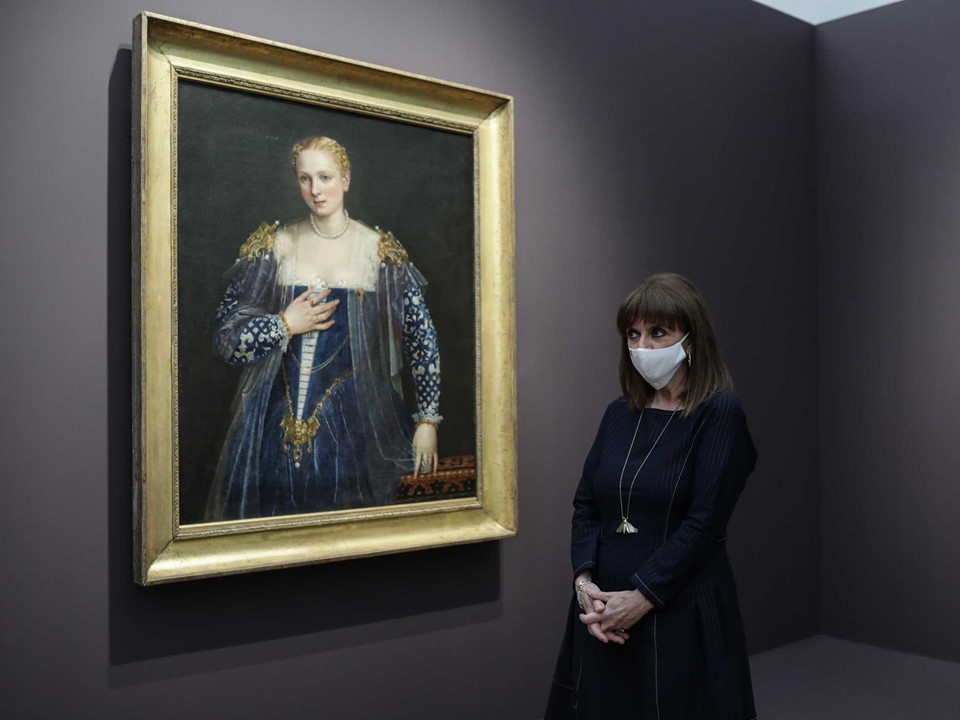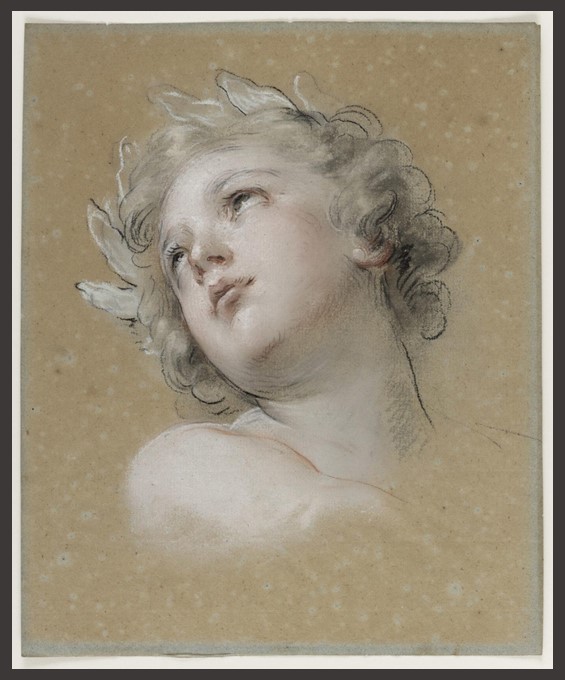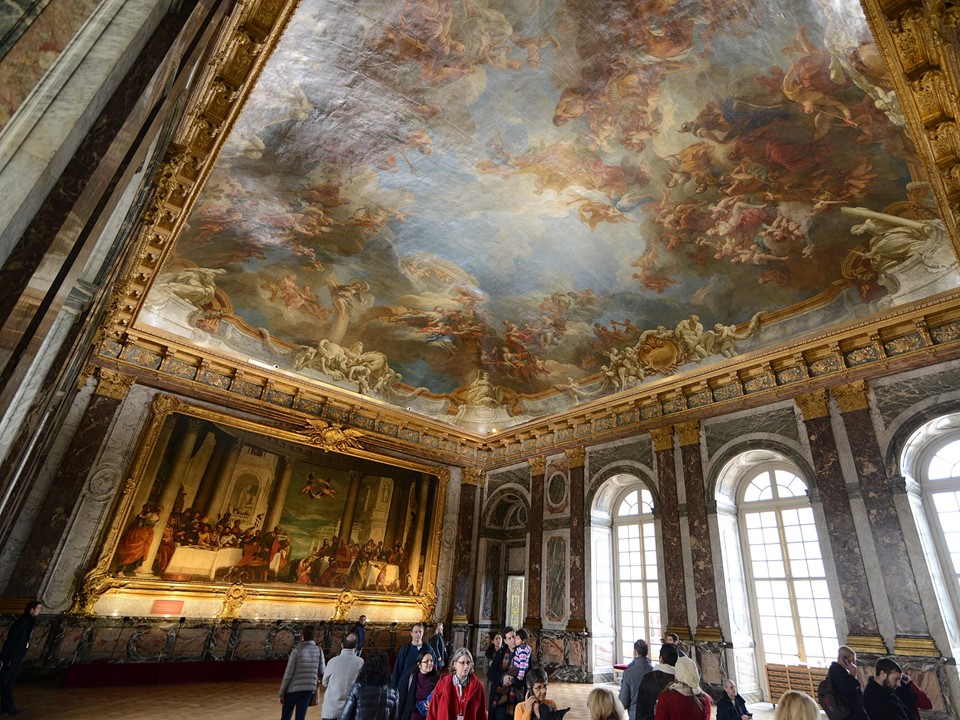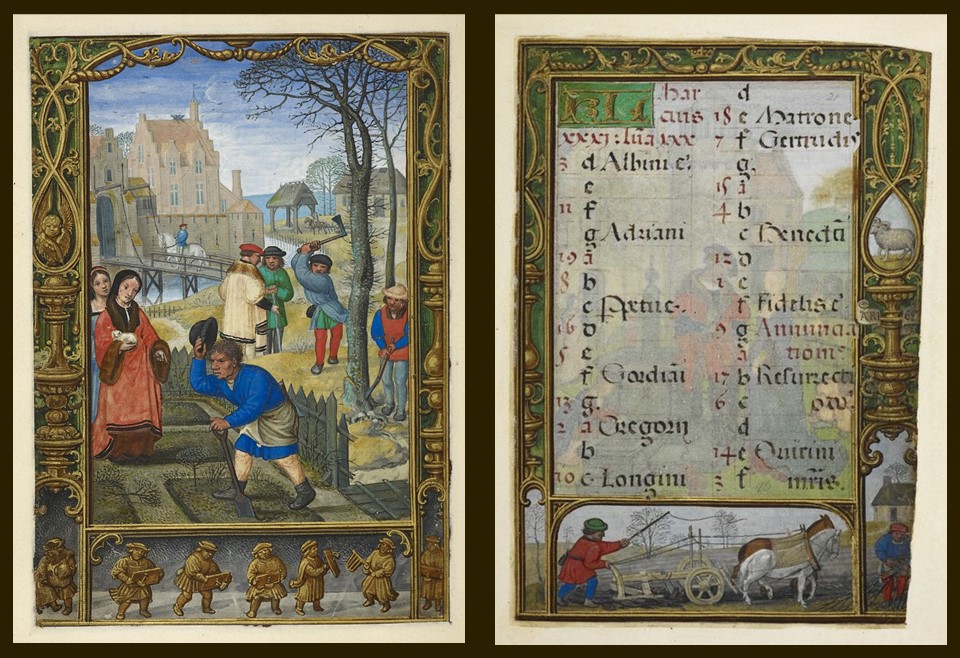
Book of Hours, known as the Golf Book, March (f. 20v and 21r),c. 1540, 30 Parchment leaves on paper mounts, bound into a codex, 110 x 80 mm (text space: 85 x 60 mm), British Library, London, UK
https://blogs.bl.uk/digitisedmanuscripts/calendars/page/11/
Never mind, March, we know / When you blow / You’re not really mad / Or angry or bad; / You’re only blowing the winter away / To get the world ready for April and May… writes Annette Wynne… just as in Simon Bening’s March Page preparations for Spring are in order! What a magnificent scene… an introductory full-page miniature showing the agricultural labours associated with the beginning of the agricultural season. https://discoverpoetry.com/poems/march-poems/ and https://blogs.bl.uk/digitisedmanuscripts/calendars/page/11/

Book of Hours, known as the Golf Book, March (f. 20v),c. 1540, 30 Parchment leaves on paper mounts, bound into a codex, 110 x 80 mm (text space: 85 x 60 mm), British Library, London, UK
https://blogs.bl.uk/digitisedmanuscripts/calendars/page/11/
The main miniature on f. 20v of the Golf Book by Simon Bening, shows, in the foreground, an organized, enclosed Medieval Garden. The depicted labourer, a neatly dressed peasant, is presented to stop digging and to dock his cap to an aristocratic lady who gestures eloquently and energetically to him with her left hand as if she is instructing him on what his gardening chores should be. Followed by her lady-in-waiting the “principal” female figure of the composition is quite impressively dressed in a tunic with a fur collar and wide sleeves with a small, white dog in her right hand. Even her companion/maid is beautifully groomed in a dress with a generous neckline that is straight across the lower edge and covered by a high ruff of thick fabric. This is a lovely introductory scene to medieval gardening and the importance of medicinal plants for the people of the Middle Ages. https://www.moleiro.com/en/books-of-hours/the-golf-book-book-of-hours/miniatura/158
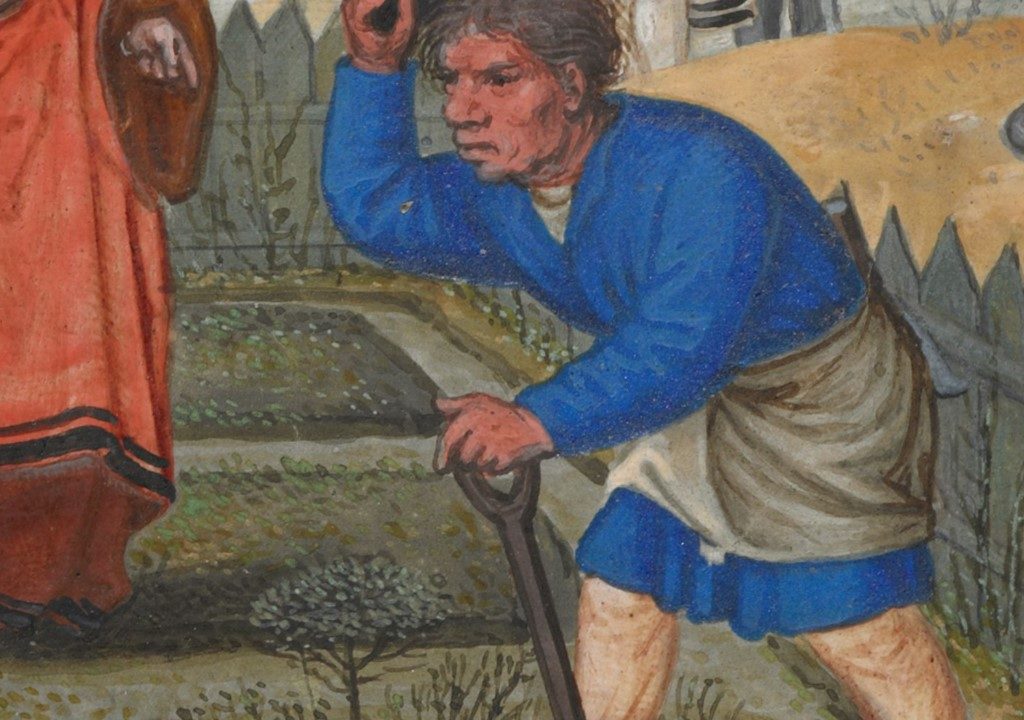
Book of Hours, known as the Golf Book, March (f. 20v) (detail),c. 1540, 30 Parchment leaves on paper mounts, bound into a codex, 110 x 80 mm (text space: 85 x 60 mm), British Library, London, UK
http://www.bl.uk/manuscripts/Viewer.aspx?ref=add_ms_24098_fs001r
What I find particularly interesting about this composition, is the depicted garden or orchard – possibly containing medicinal herbs and vegetables – that Bening depicted in the left forward part of his March verso page composition. For my students, the March page is a perfect opportunity to discuss Gardening during the Middle Ages, the importance of herbal or medicinal gardens, and how they are depicted in art. A fascinating book to read, beautifully illustrated is Sweet Herbs and Sundry Flowers: Medieval Gardens and the Gardens of The Cloisters by Tania Bayard, which I use for a Student Activity… HERE! https://www.metmuseum.org/art/metpublications/Sweet_Herbs_and_Sundry_Flowers_Medieval_Gardens_and_the_Gardens_of_The_Cloisters
For a PowerPoint on the Golf Book, please… Check HERE!
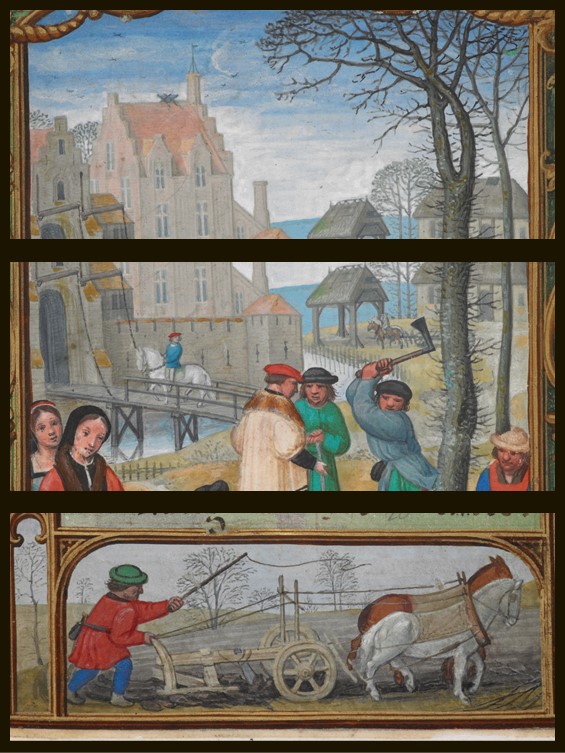
Book of Hours, known as the Golf Book, March (f. 20v and 21r) (details),c. 1540, 30 Parchment leaves on paper mounts, bound into a codex, 110 x 80 mm (text space: 85 x 60 mm), British Library, London, UK
http://www.bl.uk/manuscripts/Viewer.aspx?ref=add_ms_24098_fs001r
